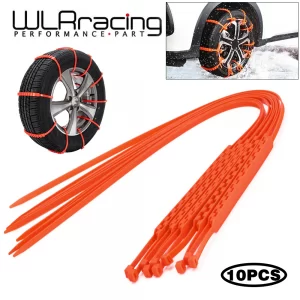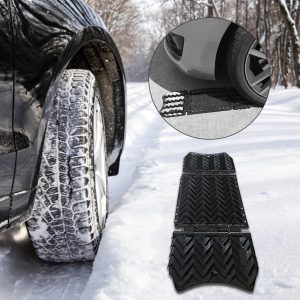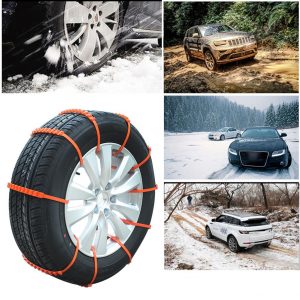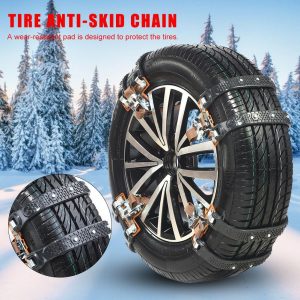As winter descends and blankets the landscape in a shimmering white, the roads become a challenging domain for drivers. In this frosty world, where traction is elusive and control is paramount, car snow chains emerge as indispensable allies. Understanding the scientific principles at play not only deepens our appreciation for these winter saviors but also empowers us to trust our journey when the world outside is wrapped in a cold, white embrace.
Friction, the Driving Force
At the heart of car snow chains’ effectiveness lies the fundamental principle of friction. Friction is the resistance encountered when one object moves against another. When it comes to driving on icy and snowy roads, this resistance is your best friend. Snow chains, with their rugged metal links, dig into the snow and ice, creating additional friction between the tire and the road. This extra grip prevents the wheels from spinning and provides the traction needed to propel your vehicle forward.
Tire-to-Road Contact
Car snow chains increase the contact area between the tire and the road. In winter, tires tend to ride atop a layer of snow or ice, reducing their effectiveness. Snow chains bridge this gap by ensuring constant contact. By interlocking with the surface, they maintain tire-to-road contact, allowing the tires to grip the ground firmly. This broader interface enhances control, stability, and, most importantly, safety.
Effective Heat Transfer
Another facet of the science behind car snow chains is their ability to facilitate heat transfer. When your vehicle’s tires roll along the road, they generate heat through friction. This heat is crucial for preventing the accumulation of snow and ice on the tread. However, in extreme cold, this heat can dissipate quickly, leading to the formation of icy layers. Snow chains act as heat conductors, efficiently transferring heat from the tires to the road surface. This prevents the buildup of ice and maintains optimal traction.
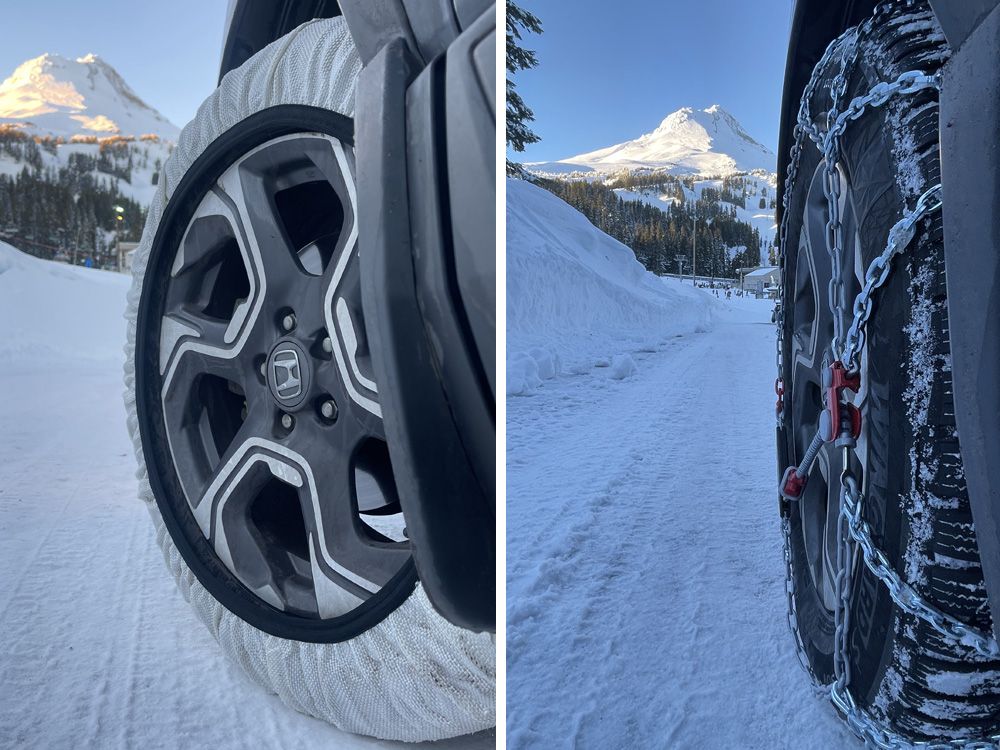
Controlled Water Ejection
As your tires roll over snow and ice, they often compress the snow beneath them. This compression can lead to the creation of a thin layer of water, which can further reduce traction. Car snow chains help control this issue by channeling water away from the tire’s contact patch. The channels and grooves in the chain’s design allow for the ejection of water and slush, preventing it from accumulating under the tire. This process, known as hydroplaning prevention, contributes to improved control and safety.
Rigorous Material Selection
The choice of materials in car snow chains is a critical aspect of their effectiveness. They are typically constructed from high-strength steel or alloys that are resistant to cold temperatures and corrosion. These materials ensure that the chains maintain their integrity and grip even in harsh winter conditions.
Car snow chains, rooted in the principles of friction, heat transfer, and efficient water ejection, exemplify the marriage of science and engineering for safer winter travel. Their ability to maximize tire-to-road contact, conduct heat, and prevent hydroplaning provides drivers with a crucial advantage in navigating icy and snowy roads. Trusting your journey during the winter months becomes not just a leap of faith but a scientifically grounded decision, thanks to the remarkable science behind car snow chains.


